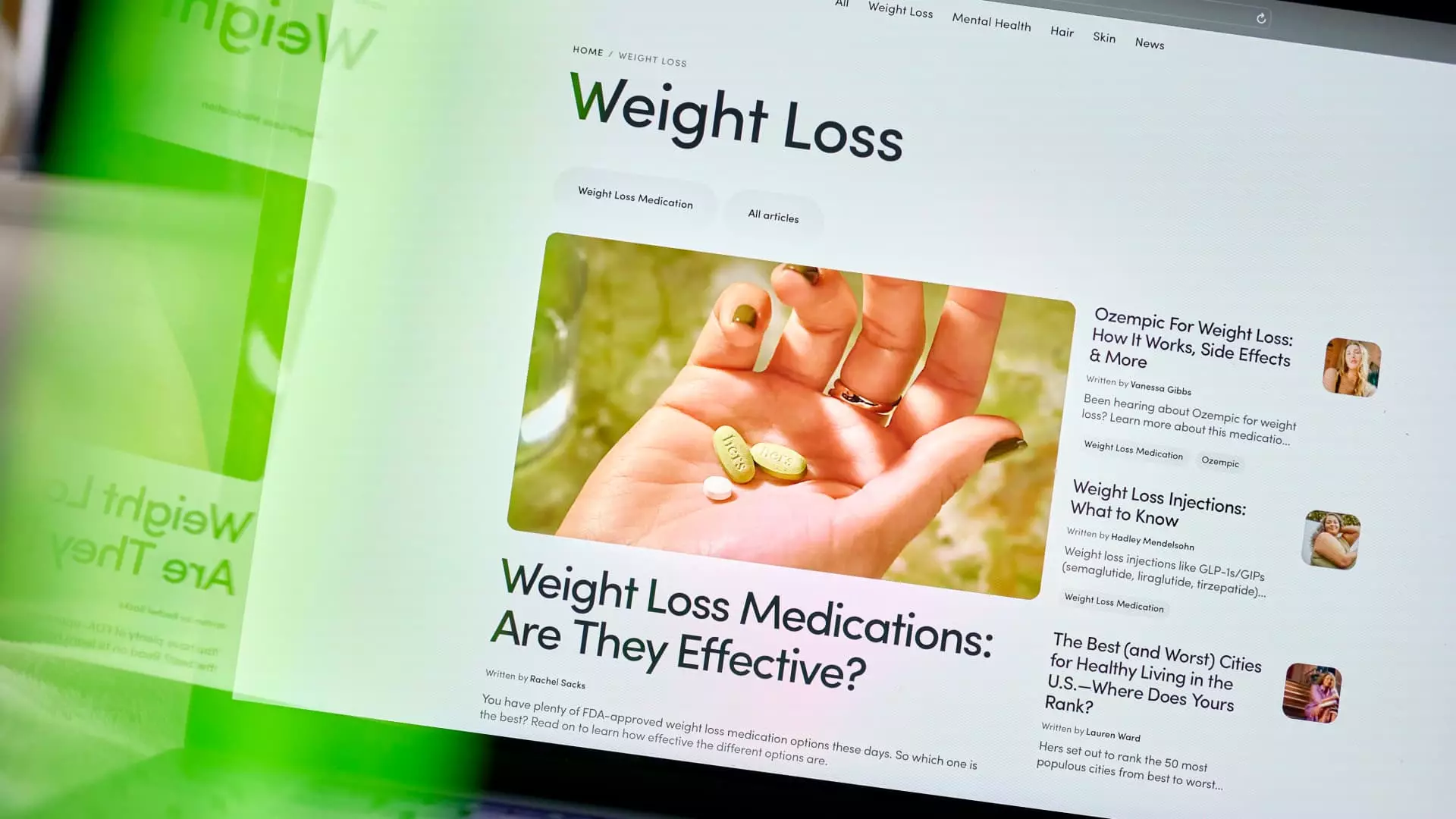The expiration of Novo Nordisk’s patent for semaglutide marks a pivotal moment in the pharmaceutical landscape, especially within Canada’s lucrative weight loss market. While this development is heralded by some as a victory for affordability and patient access, it simultaneously exposes the fragility of innovation-driven industries susceptible to short-term gains. The entry of generic competitors like Hims & Hers signals not just increased competition but also a fundamental shift in how blockbuster drugs are commodified, often prioritizing profit margins over sustained research investments. For consumers, this moment offers a tantalizing promise of lower prices, but the broader implications reveal a landscape increasingly driven by opportunism rather than dedicated innovation.
Generics versus Original Innovators: A Dangerous Balance
The surge of generic semaglutide into Canada’s market underscores a fundamental tension: does affordability justify the erosion of research incentives? Generics are theoretically identical in efficacy and safety, yet their proliferation often leads to a race to the bottom in pricing, sometimes at the expense of quality controls or future innovation investment. Companies like Novo Nordisk, which understandably seek to protect their intellectual property, may see patent lapses as losses rather than opportunities, risking a race to the cheapest manufacturer rather than the best-informed, safest healthcare options.
Fundamentally, this shift risks transforming groundbreaking therapies into commodities, diluted through mass production and price wars. While consumers benefit from lower costs, they may also accept products with compromised quality control or reduced transparency. This commodification can discourage larger, long-term investments necessary for pioneering groundbreaking treatments that address underlying health issues—risks that should never be dismissed lightly.
The Regulatory Grey Zone: A Flawed System
The legal and regulatory environment surrounding patent expiries, especially in Canada, appears alarmingly lax. The case of Novo Nordisk’s missed patent renewal payments exemplifies a systemic loophole exploited by companies to prolong profits artificially. Filing a refund for maintenance fees, failing to pay upon due date, and then letting patents lapse—these are all tactics that blur the line between strategic planning and negligence. Such loopholes allow corporations to delay competition, often for years, skewing the market in their favor and obstructing genuine innovation.
This scenario underscores the need for a more responsible, transparent patent system. Patent lapses should not be manipulated for financial engineering, nor should they serve as a guise for maintaining monopolistic control. The current system fosters a false sense of security for innovation, ultimately weakening consumer trust and risking undermining the sustainability of the industry.
The Risks of Market Entrants Driven by Opportunism
Hims & Hers’ strategic move to enter Canada’s semaglutide market, following its acquisition of European telehealth platforms, raises critical questions about corporate motives. While expanding access is a commendable goal, the company’s decision to rush into the market amidst regulatory uncertainties and absent clear approval processes suggests opportunism. The absence of detailed regulatory approvals from Health Canada reveals a troubling focus on market capture rather than safety and efficacy assurances.
Moreover, this rush reflects a broader trend: leveraging patent lapses not as an opportunity for genuine therapeutic advancement but as an avenue to dominate a lucrative market segment with minimal innovation. Casual players entering the game risk diluting the quality standards, ultimately putting patients at risk and undermining the integrity of healthcare.
The Politicization of Healthcare and the Drive for Cheap Drugs
This saga illuminates a darker turn in healthcare—from a focus on patient well-being to aggressive cost-cutting and market manipulation. While affordability is undeniably important, it should not come at the expense of innovation, safety, and long-term health outcomes. A center-right approach must balance these aspects: fostering an environment where drug companies are incentivized to innovate while also ensuring that life-saving treatments are accessible.
Politically, complacency or over-enthusiasm for cheap generics risks fostering a “race to the bottom,” where the quality and safety standards are jeopardized in the name of affordability. A rational, fair-minded stance recognizes that sustainable healthcare demands an environment that rewards research and development, penalizes loopholes, and ensures patient safety is never compromised for short-term profit.
The expiry of Novo Nordisk’s patent on semaglutide does more than open doors for generic competition; it exposes systemic flaws, moral dilemmas, and strategic gambles in the global pharmaceutical industry. While consumers undeniably benefit from lower prices, the long-term risks posed by market greed, regulatory loopholes, and opportunistic entrants threaten to undermine the very foundations of trustworthy, innovative healthcare. In this complex dance between greed, regulation, and innovation, only a principled, balanced approach grounded in protecting patient welfare and supporting sustainable research can prevent the descent into a race for the cheapest pill rather than the best care.

